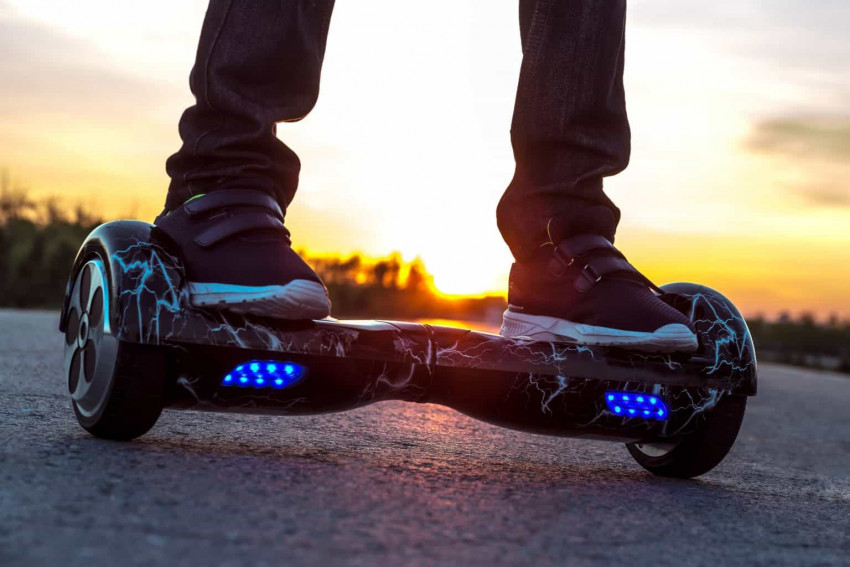
He came out of nowhere and when I spotted him it was already too late. The youthful courier on his electric scooter slammed into my rear wheel at great speed. I stayed upright, wonderfully, he tumbled onto the sidewalk, but got up surprisingly quickly.
“Sorry,” he said, a little dazed, but with an apologetic smile.
“Everything okay?” I asked.
He nodded, still smiling, straightened his cap, got up and rushed on. My bike seemed unharmed at first glance, but within the first few meters it was clear that the hitch had left a hefty and probably irredeemable blow. I continued my way at mule pace, just as bumpy.
Memories of the Leidsestraat
It had to happen once. Moscow's sidewalks are getting busier by the day and therefore more dangerous. Cycling has always been allowed, in case participation in regular traffic is too risky, an assessment that every cyclist has to make for himself. But in recent years a variety of other vehicles, motorized and non-motorized, have been added, from electric scooters to segways, hoverboards and airwheels. The sidewalks in the center sometimes recall the bustle of the Leidsestraat in Amsterdam, when cyclists, pedestrians and trams competed for space.
Where in the Netherlands most e-steps are still prohibited on public roads and a few are still tolerated as a 'special moped', the Moscow city council has enthusiastically embraced the Swegway. In addition to the rental bicycles that have been within reach in many places in Moscow for years in the summer half of the year, you will also come across the e-step everywhere. The municipality's site proudly reports that the city now has 600,000 active users, who have made more than 2.5 million trips since the introduction of the rental scooters in 2018. The number of e-scooters in Moscow is expected to grow to 130,000 this year. Kicksharing is hot, that much is clear.
Deceptive Statistics
The advance of the e-scooter, stimulated from above, must above all demonstrate that the Russian capital is moving with the times. But as with the sparse cycle paths that often neither start nor go anywhere and are clearly designed by people who have never ridden their own bikes, the consequences that the massive use of e-scooters (and segways and other modes of transport) will have on the safety of other road users.
The statistics are deceiving. Every year, they report hundreds of accidents involving electric scooters throughout Russia, sometimes with fatal consequences, most in Moscow. But the traffic police only register the accidents that occur on the roadway, not those on the sidewalk. And that is precisely where most incidents take place, such as the aforementioned collision. The magnitude of the problem is therefore significantly larger.
No infrastructure
The status of the e-step stands in the way of a solution. The Swegway Bluetooth does not appear at all in the applicable traffic rules, so the scooter driver is simply regarded as a pedestrian. The fact that it races over the sidewalk at a speed of sometimes 40 km per hour or even significantly more is irrelevant.
For years now, the call for regulation has been getting louder, but promised adjustments to the traffic rules have failed to get off the ground. Everyone understands that on the sidewalk is not a good idea, but on the roadway, just like for cyclists, the necessary infrastructure is lacking.
So for the time being, it will continue to push on the Moscow footpaths.



